The Four Types of Discovery in Escape Rooms, Part V: Discovery is Memorable
This is part 5 and the conclusion of our ongoing series on discovery in escape rooms. If you haven’t yet, you can catch up in Part 4.
Remember when we twisted the top of the box and it lit up and you realized that the pattern matched the tattoo on that lady which was only revealed when we dunked her picture in water? That was UH-MAAAZING!
-Engaged Puzzle Solver
So here’s the thing, ignoring all the little details involved in designing an escape room, writing puzzles, and the various concerns of creating an immersive experience, the bottom line is that discovery is fun. Every time something in your brain clicks into place you get that little spark of exhilaration. This is why the unexpected is used to such great effect in so many media, from films and television to music and even stand-up comedy. That feeling of discovery and sudden insight is powerful. It can motivate, excite, and leave a lasting impression on a person.
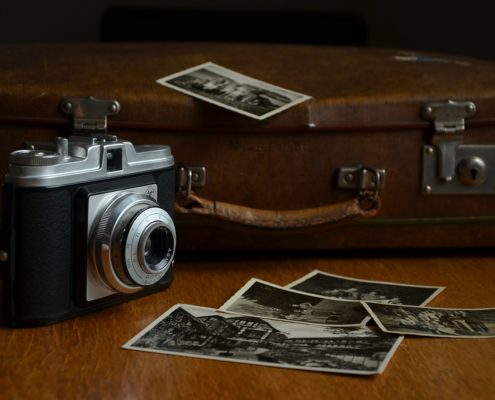
Studies in psychology and neurosciences have even shown that the act of discovery has a positive effect on memory1 and emotions2. That moment when you’re finally able to put all of the pieces together, to solve the mystery, to finally understand a puzzle (known as an Aha! or Eureka Moment), is more likely to be remembered than if you had just been given the answer. The Socratic method of learning is based on this phenomenon, posing questions to students and actively engaging their minds by allowing them to discover answers for themselves.
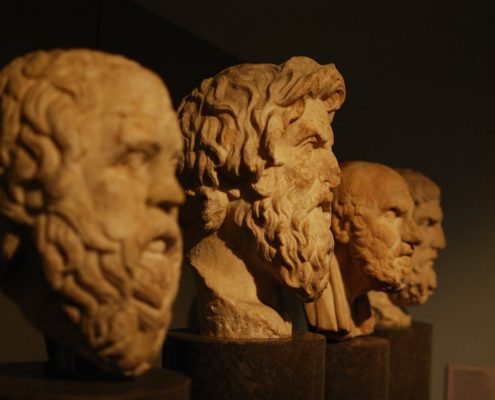
Of course, not every room will use all four types of discovery I’ve described earlier in this series, nor am I suggesting that they need to. Some rooms will downplay story discovery to focus purely on puzzles. Others may choose puzzles with clear mechanics and forego discovery of the obscured. But, I would bet my proverbial hat that every single room uses at least one or two of these forms of discovery to surprise and delight their audiences. As I said before, discovery is integral to the escape room experience.
The next time you do an escape room (or design one!), keep an eye out for moments of discovery and think a little bit about how they’re being used and how they affect you. I think you’ll find that each one is accompanied by a little burst of exhilaration and that, together, they build a richer, more memorable experience.
- Auble, P., Franks, J., Soraci, S. (1979) “Effort toward comprehension: Elaboration or aha!?” Memory & Cognition 7, 426–434.
- Shen, W., Yuan, Y., Liu, C. and Luo, J. (2015), “In search of the ‘Aha!’ experience: Elucidating the emotionality of insight problem-solving.” British Journal of Psychology. doi: 10.1111/bjop.12142









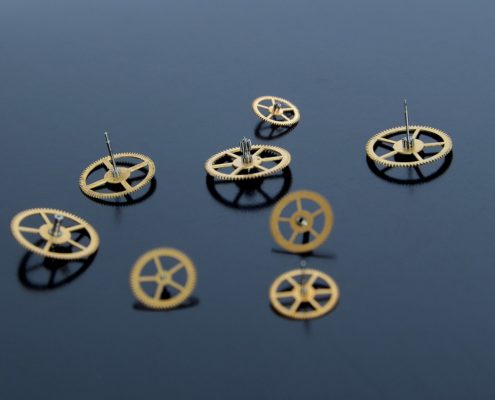

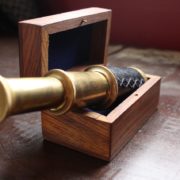
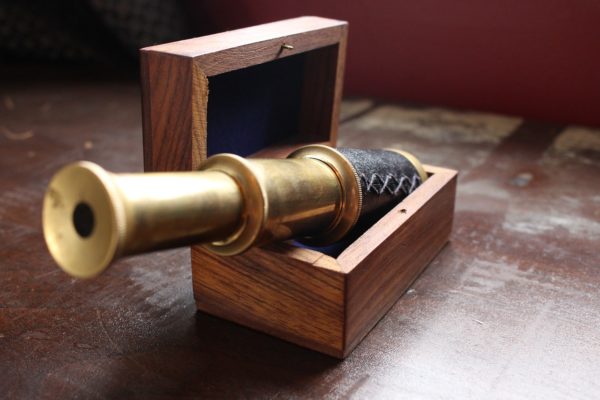 Central to the experience of an escape room is the act of discovery. At the very least, every escape room involves the discovery of what lies inside. Think back to your first, second, or hundredth escape room and the one thing they likely all have in common is the time spent in quiet anticipation, waiting to discover what lies beyond the door.
Central to the experience of an escape room is the act of discovery. At the very least, every escape room involves the discovery of what lies inside. Think back to your first, second, or hundredth escape room and the one thing they likely all have in common is the time spent in quiet anticipation, waiting to discover what lies beyond the door. When designing our first escape room,
When designing our first escape room,